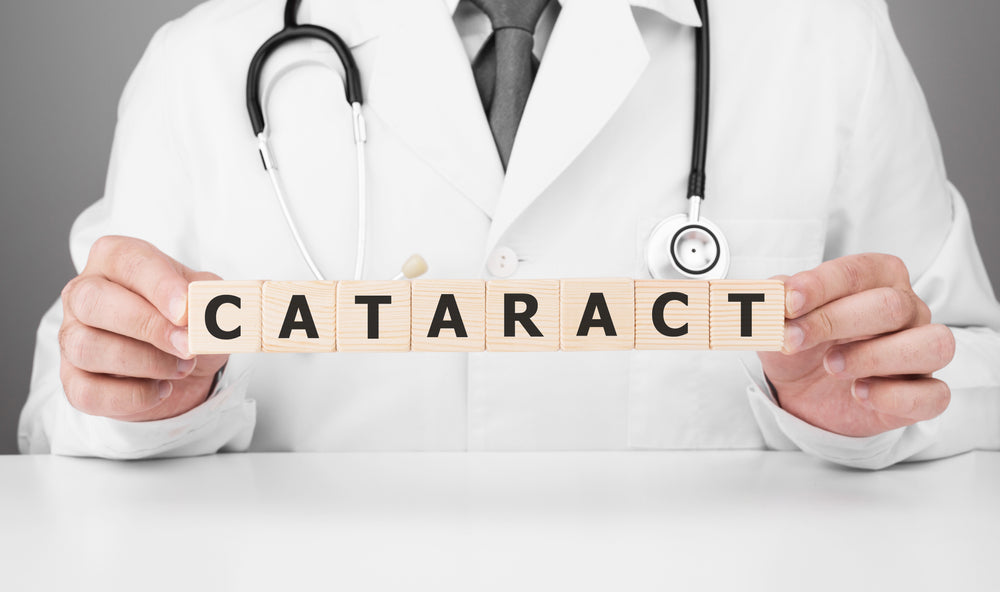Details of research that was conducted to find a potential non-surgical treatment for cataracts was recently published in the Investigative Ophthalmology and Visual Science.

The research team at Anglia Ruskin University led by Professor Barbara Piersiconek undertook the task of finding a potential non-surgical option for cataracts. They decided to put their focus on an oxysterol compound.
Cataracts cause the eye's natural lens to cloud, which is caused by the disorganization of proteins within the lens structure. These disorganized proteins become clusters which then scatter light and severely impair its transmission to the retina. Currently, the only effective treatment for cataracts is surgery.
Oxysterols have a role in monitoring and carrying cholesterol in the body and are oxygenated derivatives of cholesterol. The researchers hoped to restore the organization of proteins within the eye's lens, which would then enable the eye to focus better. The hypothesis paid off with a remarkable reduction in lens opacity occurirng in 46% of the mice involved in the study.
However, the oxysterol compound only seemed to offer improvement in some cataracts but not others, which could indicate that it will only be a viable treatment for specific cataracts.
Researchers are excited about this promising non-surgical treatment for cataracts while still acknowledging that further research and clinical trials will be needed to confirm these initial findings.














